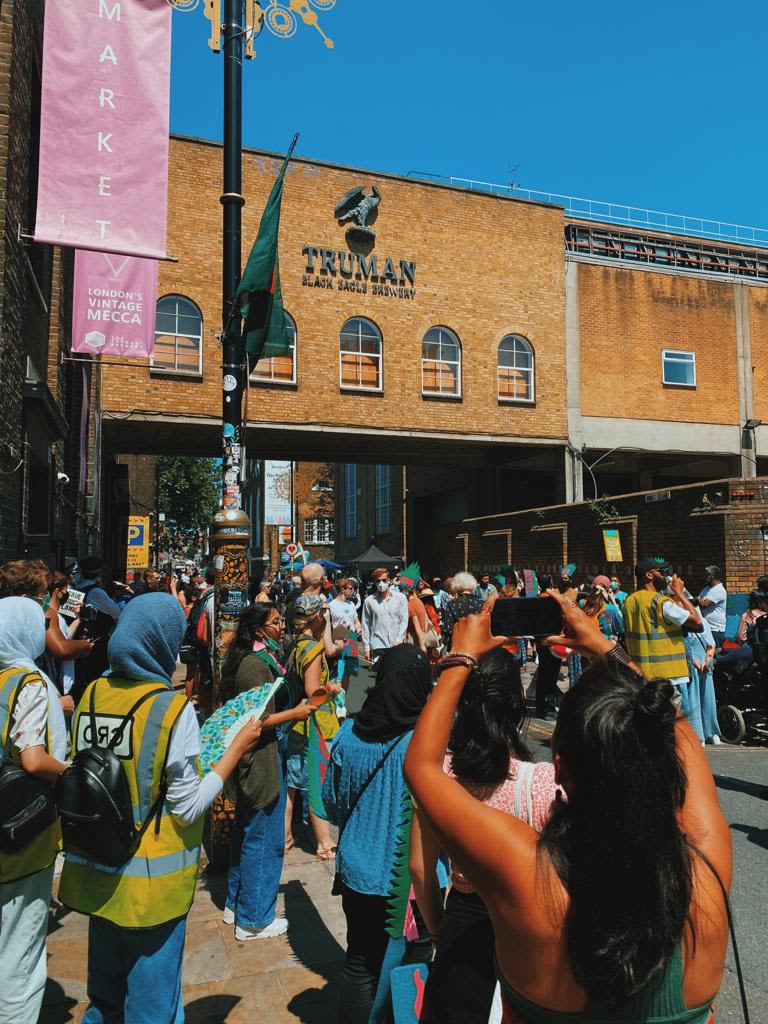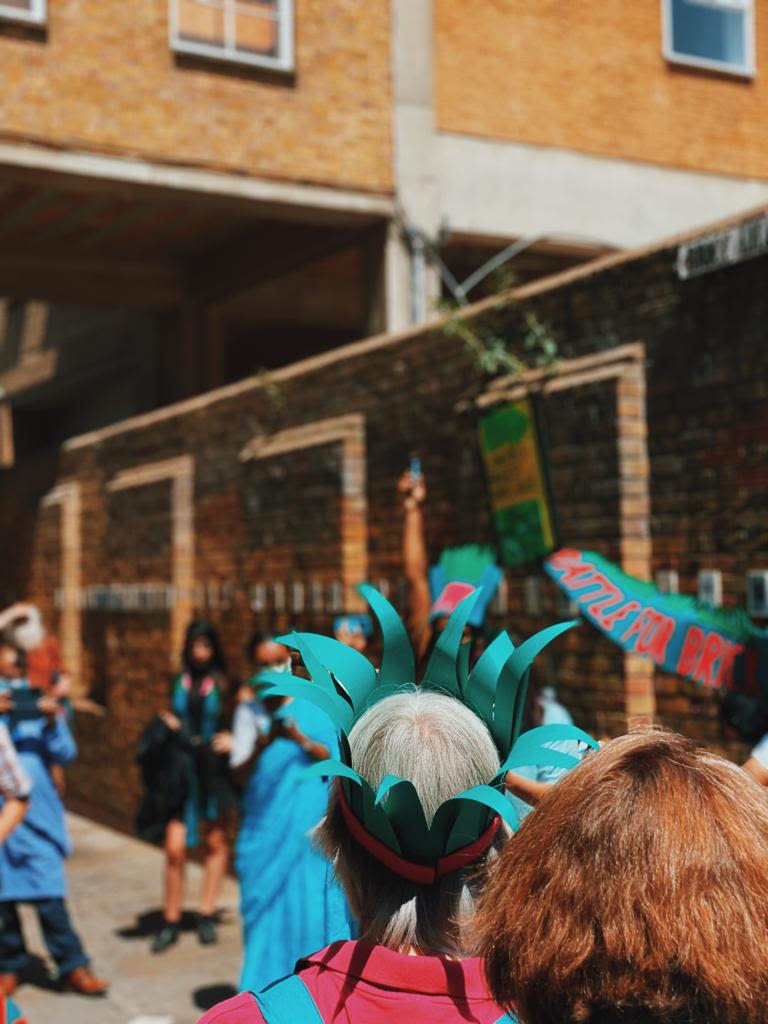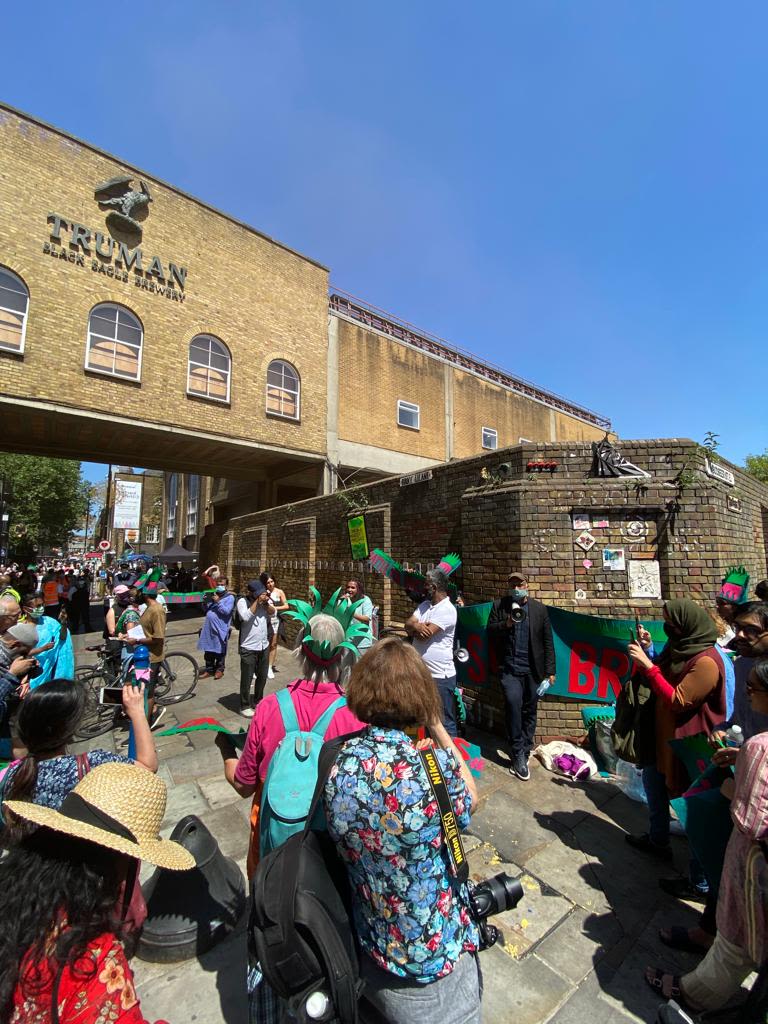What are the markers of gentrification?
The story of Brick Lane
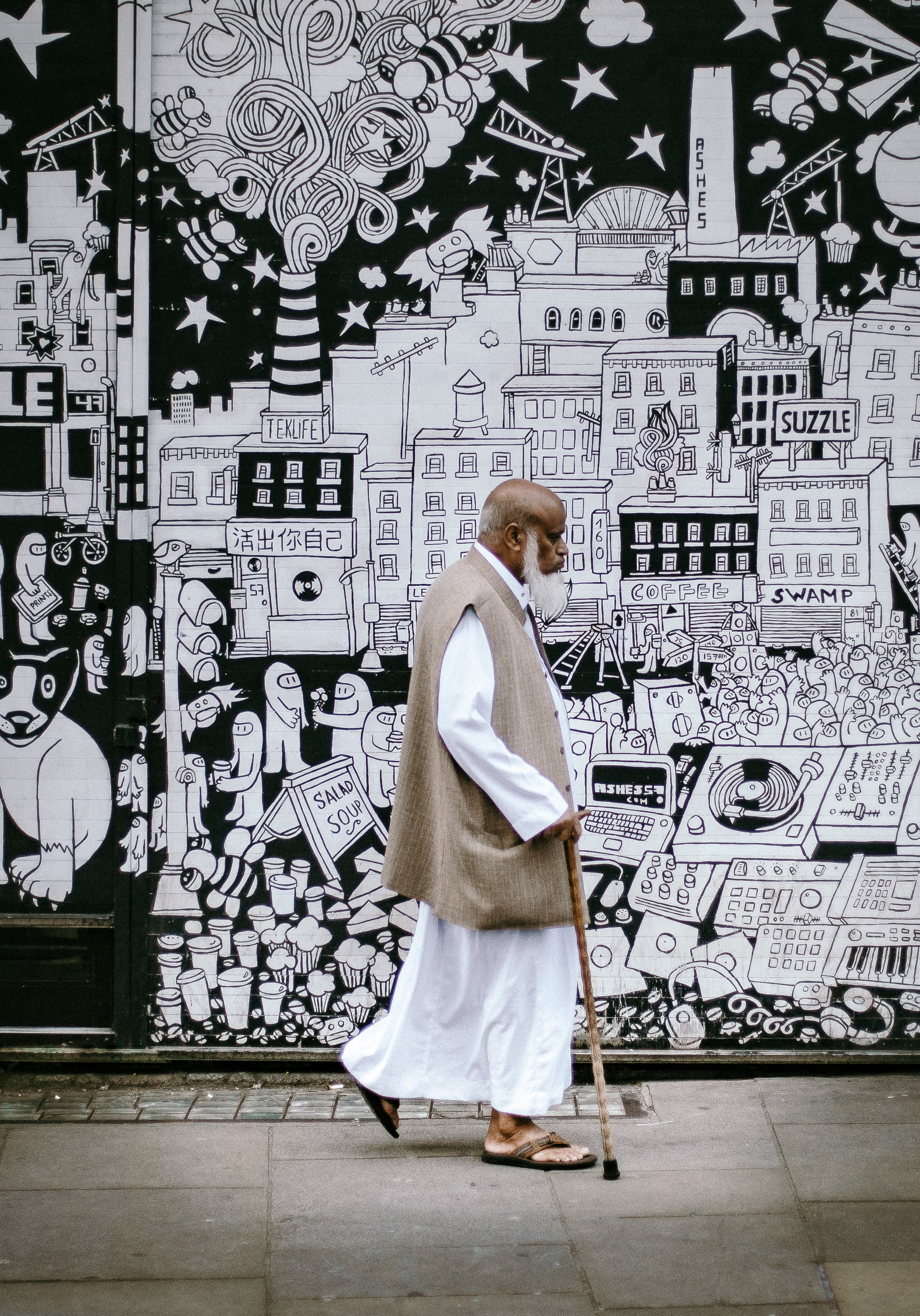
What is gentrification?
/ˌdʒɛntrɪfɪˈkeɪʃ(ə)n/noun
the process whereby the character of a poor urban area is changed by wealthier people moving in, improving housing, and attracting new businesses, often displacing current inhabitants in the process.
"an area undergoing rapid gentrification"
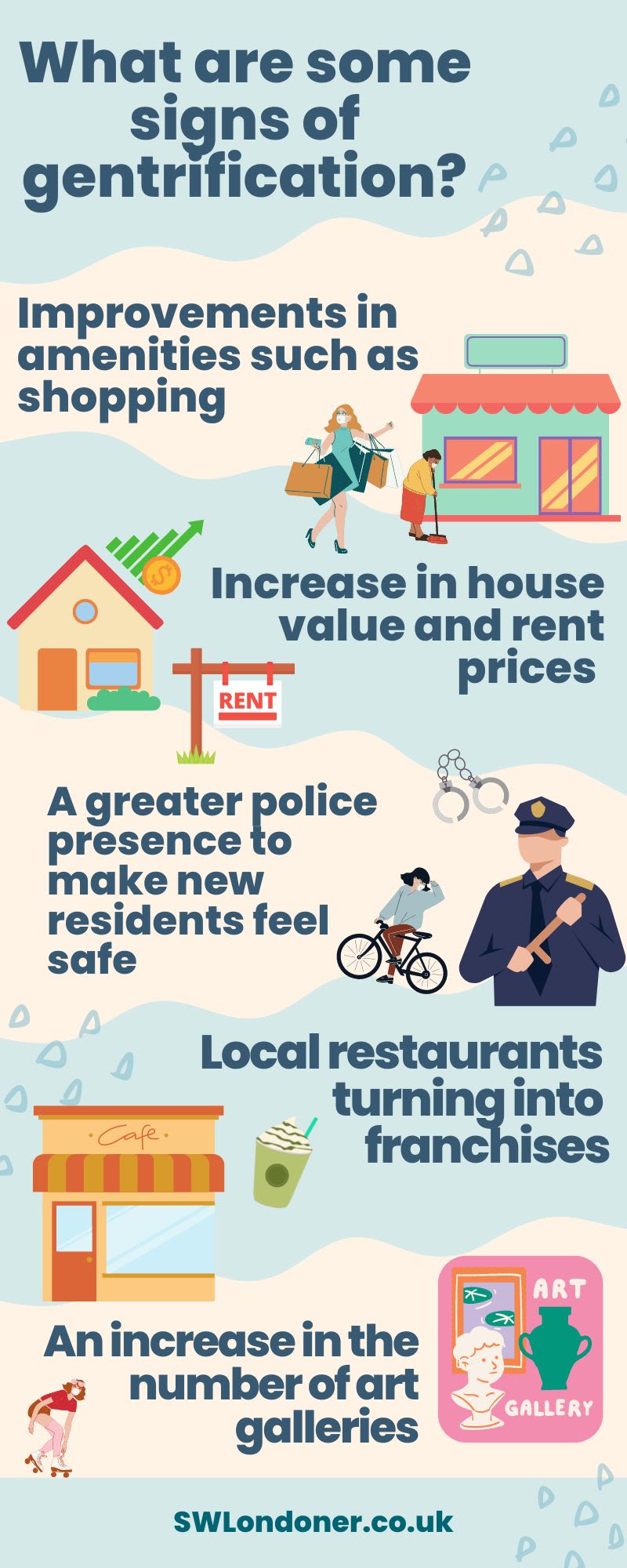
What is the 'Save Brick Lane' campaign?
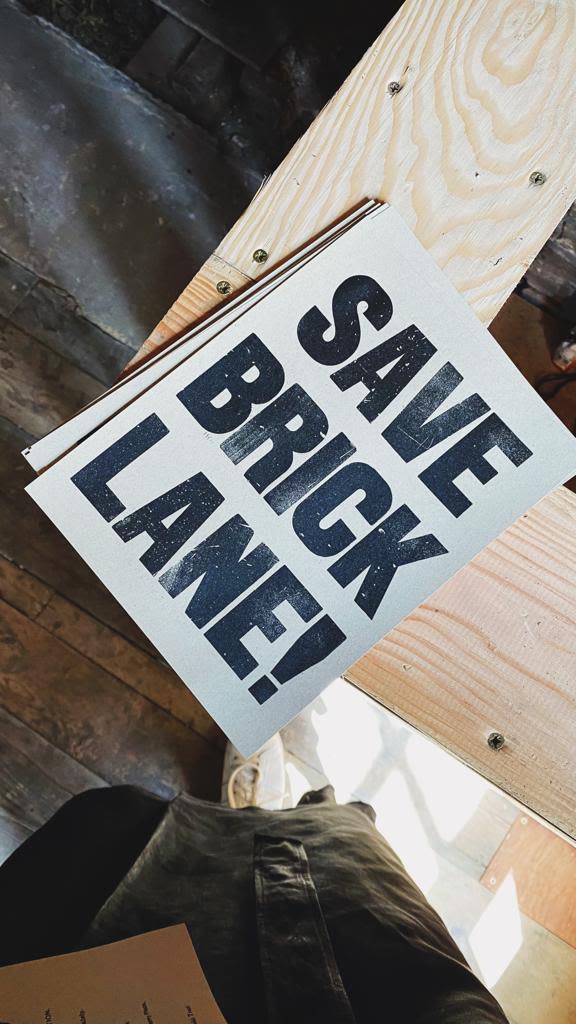
The 'Save Brick Lane' campaign
The 'Save Brick Lane' campaign was initially started by local residents who got together to oppose council-approved development plans by the Truman Brewery to build a shopping mall in the heart of Brick Lane.
This was seen by locals to be a major threat to the vibrant community that has lived there for generations.
Residents feared that the plans would ultimately drive up house prices, push out independent businesses and ruin the culture that exists - particularly among the working class and ethnic minority communities.
The aim of the campaign was to create resistance against gentrification and preserve the history of the communities who have existed in this space over the centuries.
Jonathan Moberly, Chair of the East End Preservation Society said: "The Save Brick Lane campaign has been really effective, much more than the Bishops Gate Goodyard campaign in making local voices heard.
"I think that's partly because we have managed to engage very well with the Bangladeshi community but it's also partly branding.
"Brick lane is such an iconic thing in people's minds."
Brick Lane is currently home to a large Bangladeshi community and a number of Bangladeshi run businesses have been thriving in the area since around 1970.
Jonathan Moberly, Chair of the East End Preservation Society spoke about the communities living in Brick Lane who are impacted by development plans.
The East End Preservation society are a small group of local people who are concerned about development and heritage issues in the East End.
Individually, they have each been involved in different campaigns and often come together to help when new issues come up, guiding campaigners and helping them deal with the authorities.
The Save Brick Lane campaign was championed by a coalition of seven different groups who are each fighting with a shared goal in mind - for the redevelopment plans of the Old Truman Brewery to be unsuccessful.
Nijjormanush, The East End Preservation Society, Spitalfields Trust, East End Trades Guild, House of Annetta, Bengali East End Heritage Society and Spitalfields Life/ The Gentle Author helped the 'Save Brick Lane' campaign gain over 7,000 objections.
This was enough for the campaigners to be granted judicial review for which we will hear the outcome in March 2023.
Jonathan Moberly, Chair of the East End Preservation Society spoke about what victory looks like for the Save Brick Lane campaign.
Dr Fatima Rajina, co-founder of Nijjormanush said that, for them: "As much as Brick Lane has a huge significance and is a landmark for many Bengalis, there are non-Bengalis who live in the area and have also been there for decades.
"People from East London Preservation Society are literally people who live on Brick Lane.
"The skills they bring in, them growing up in the area and their knowledge of the history of the area has definitely helped and made the campaign even more powerful than if it was just Nijjormanush - it wouldn't have gained half the traction."
She added: "When you're trying to run a campaign and you want it to gain traction and have momentum, the more of a solid coalition you have on the ground the better."
Who are Nijjormanush?
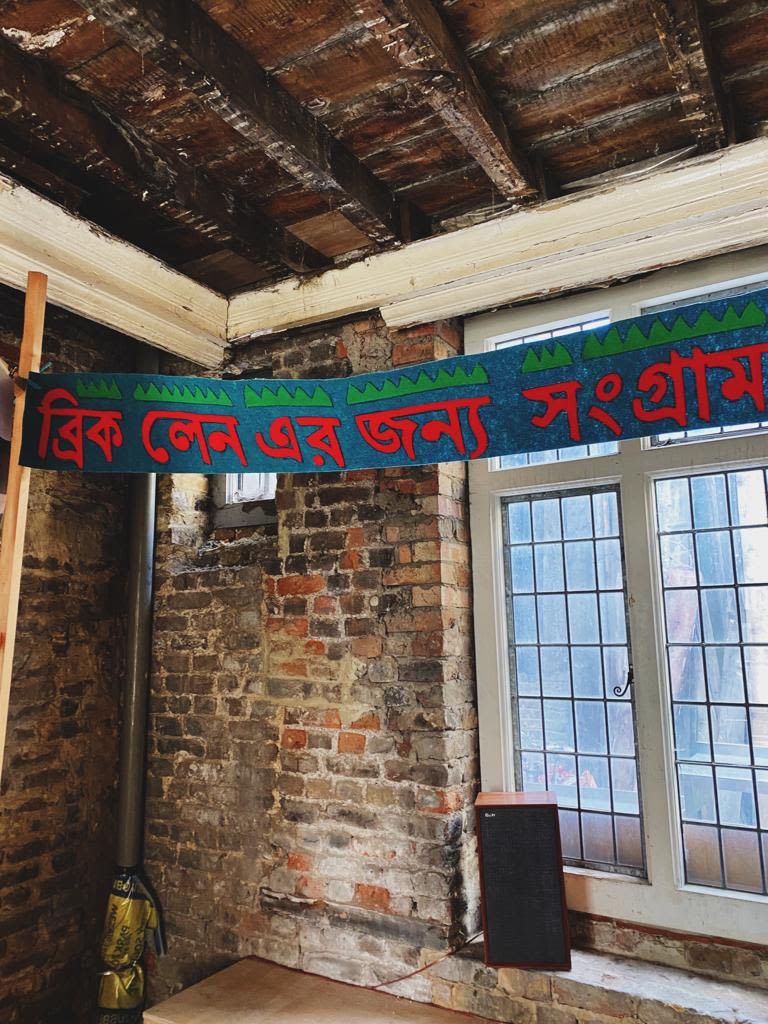
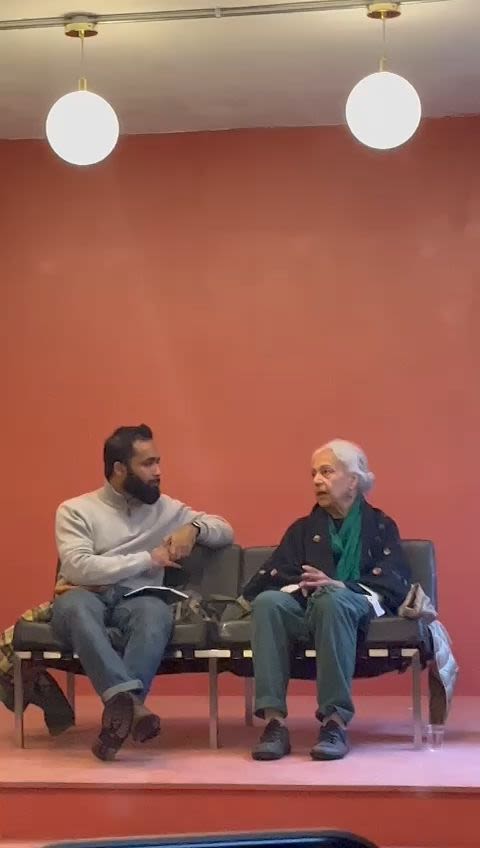
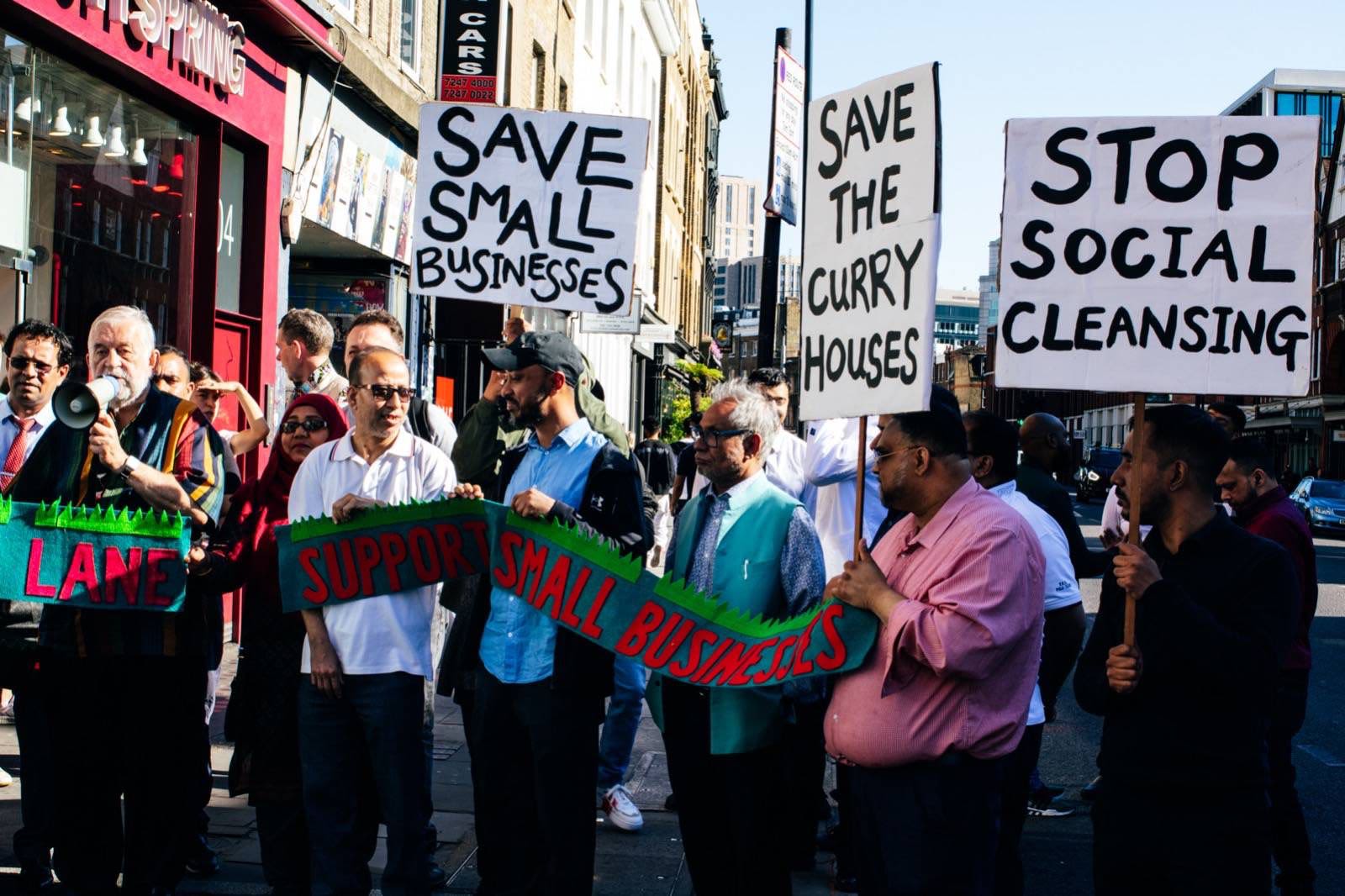
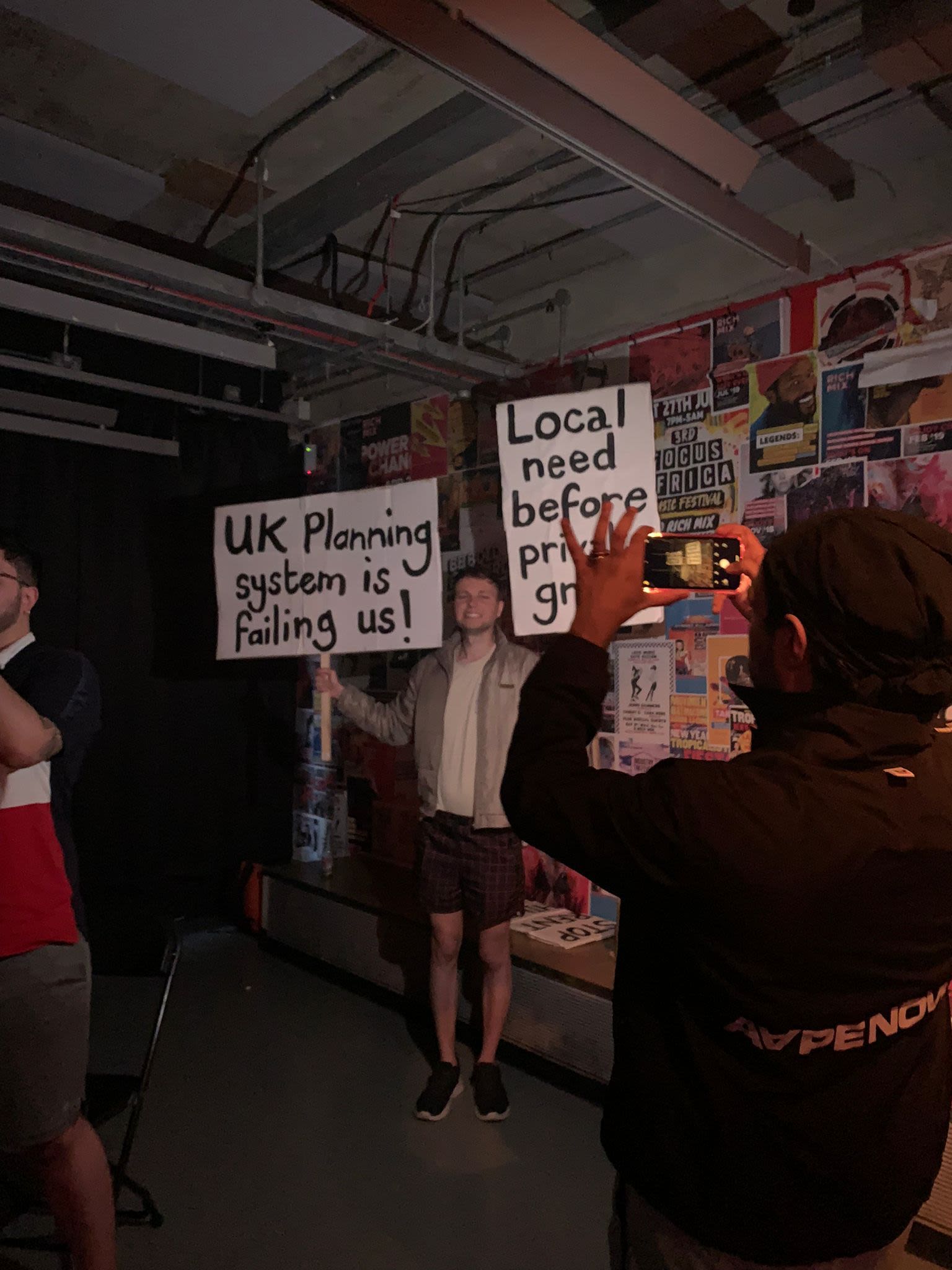
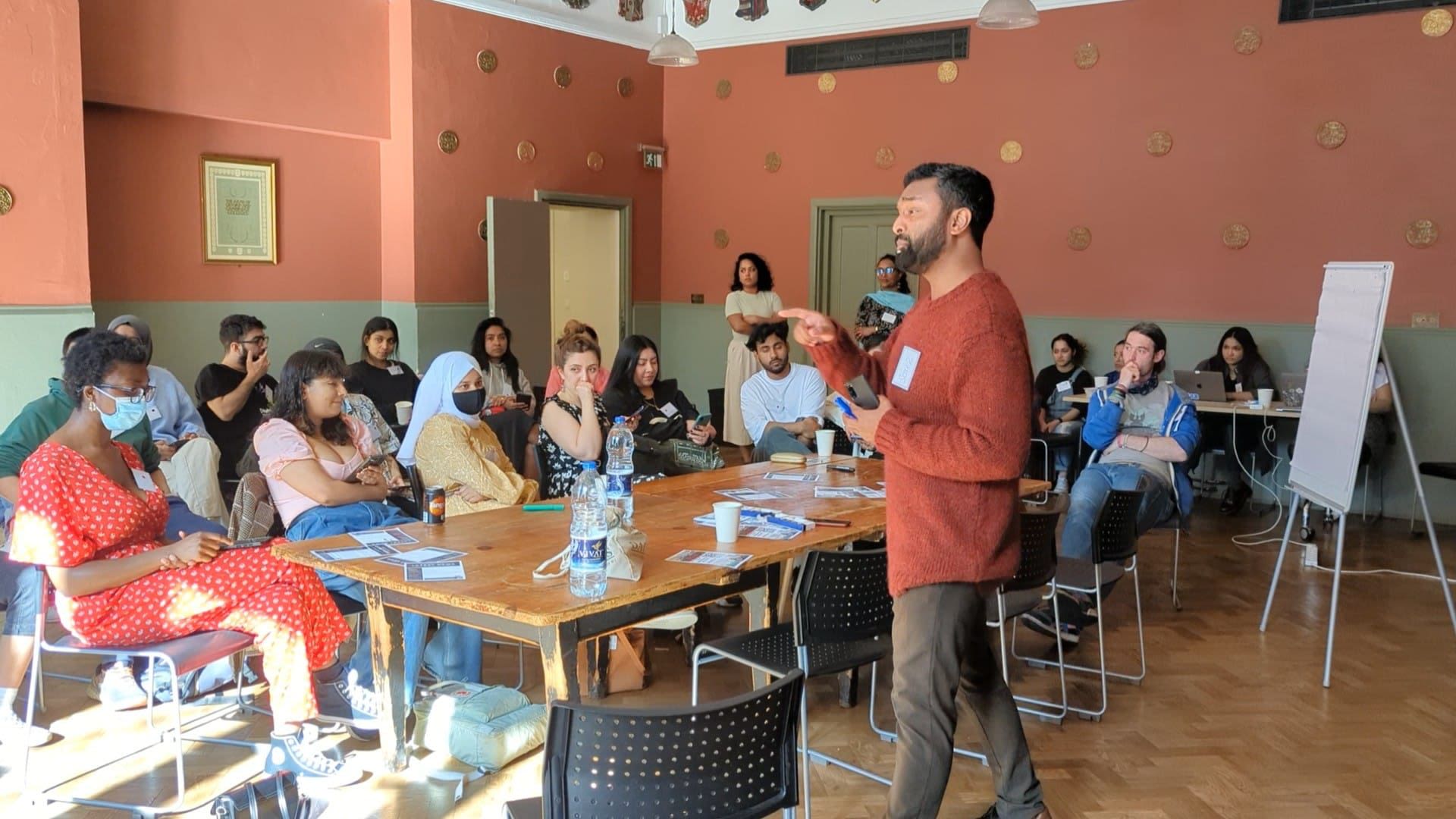
Amrit Wilson at Bangla Fora event held by Nijjormanush. Credit: Tasnima Chowdhury.
Amrit Wilson at Bangla Fora event held by Nijjormanush. Credit: Tasnima Chowdhury.

Credit: Tasnima Chowdhury.
Credit: Tasnima Chowdhury.

Credit: Tasnima Chowdhury.
Credit: Tasnima Chowdhury.

Nijjormanush Bangla Fora event. Credit: Tasnima Chowdhury.
Nijjormanush Bangla Fora event. Credit: Tasnima Chowdhury.
Despite the controversy, plans for the Truman Brewery mall were approved on 14 September 2021 (although currently under judicial review).
The Truman Brewery, a former brewhouse built in 1666, is owned by the Zeloof Partnership who also own 10 acres of surrounding land.
Jonathan Moberly, Chair of the East End Preservation Society spoke about The Truman Brewery.
The Zeloofs plans are to redevelop part of the brewery site along Woodseer Street into a five storey retail centre and office space.
Questions remain about who these office spaces are for since office spaces have become increasingly redundant given today's 'work from home' landscape following the pandemic.
The plans also highlight that 700 new full time jobs will become available and the mall will increase footfall and spending for the wider local economy.
They also state that it will support small businesses in the area by offering them 10% affordable workspace at a 30% discount.
Jonathan Moberly, Chair of the East End Preservation Society spoke about the impact of The Truman Brewery development plans on local businesses.
Originally, 6-8 councillors were to vote on the decision, but only three did. Both Councillor Kevin Brady and Kahar Chowdhury voted for the planning to go through, whilst the Meeting Chair Abdul Mukit Chunu voted against.
'Save Brick Lane' argues that the decision of three councillors does not adequately represent the 7000+ objections.
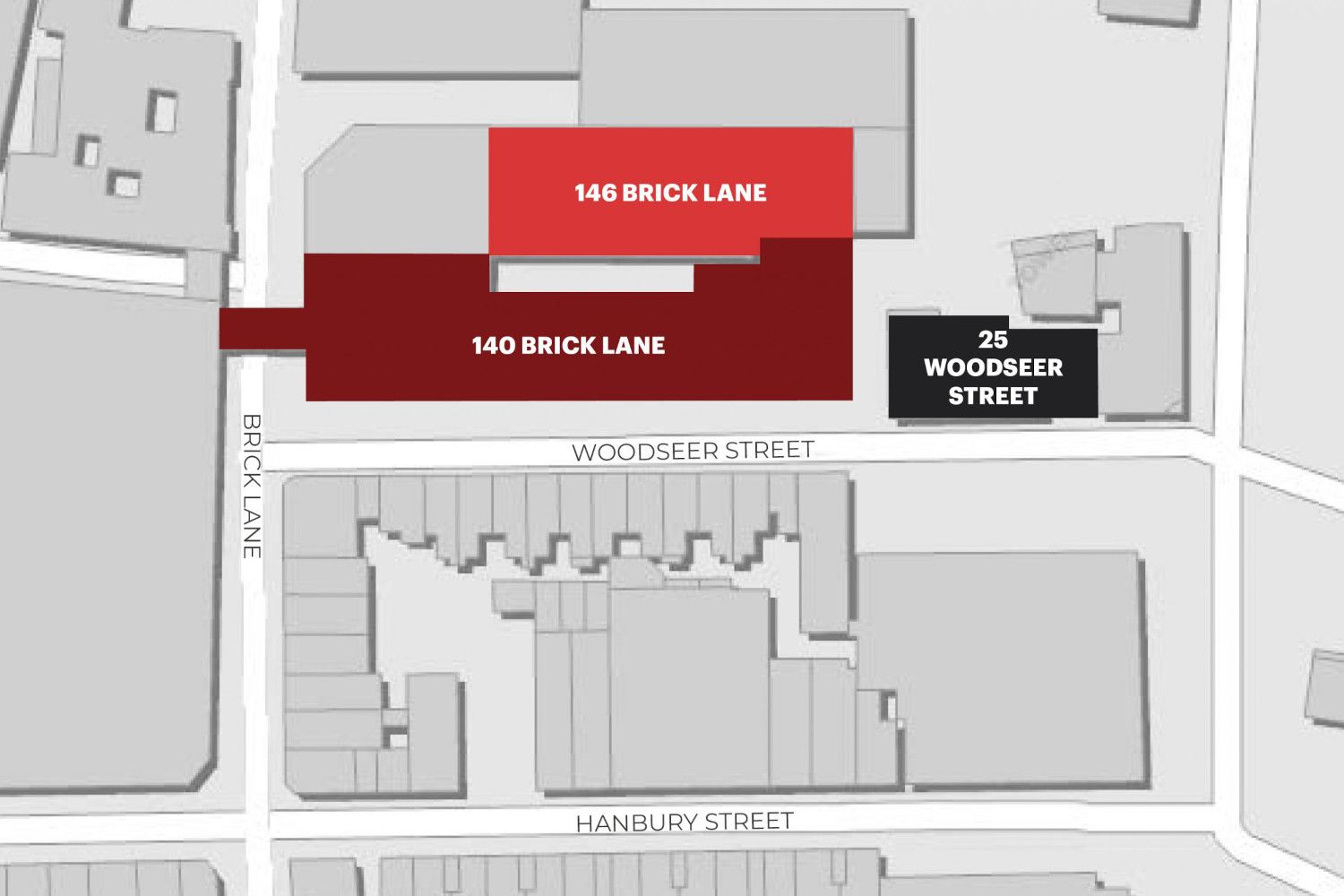
From the Truman Brewery Proposal: 140 Brick Lane, 25 Woodseer Street and 146 Brick Lane
From the Truman Brewery Proposal: 140 Brick Lane, 25 Woodseer Street and 146 Brick Lane
Tower Hamlets' ex-Mayor John Biggs took to Twitter to sympathise with residents following the approval of the plans.
I understand the concerns of residents and business owners that increasing development threatens the character of the area and the viability of our small business community. I share these anxieties. #TrumanBrewery https://t.co/ttVIPimH1L
— John Biggs (@JohnBiggsLabour) September 15, 2021
Jonathan Moberly, Chair of the East End Preservation Society said: "Ideally what you want with such an amazing resource is some meaningful community engagement as to what the vision is going forward for everyone."
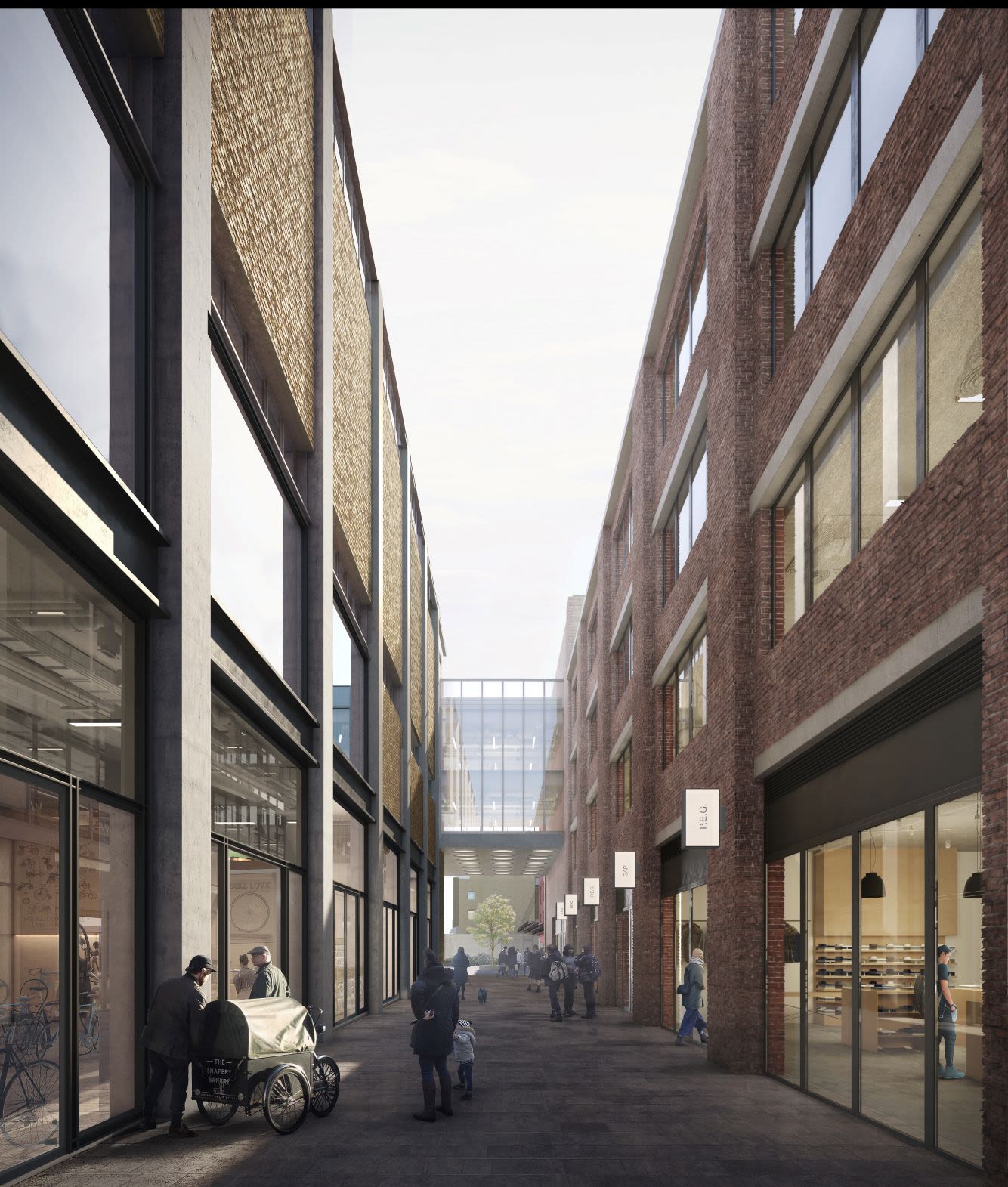
1/4 The proposed New Dray Walk, credit: Kanda Consulting.
1/4 The proposed New Dray Walk, credit: Kanda Consulting.
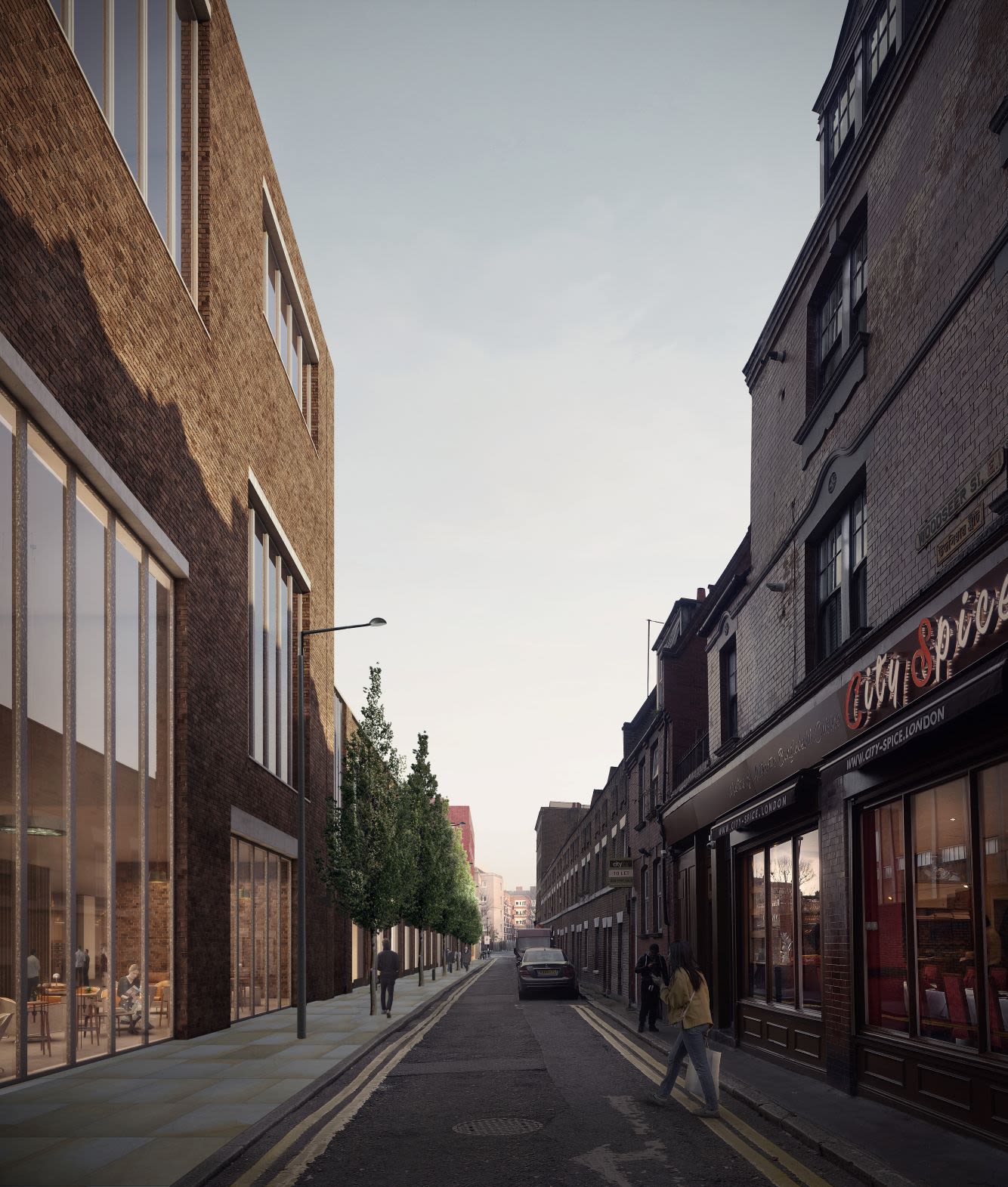
2/4 The proposed Woodseer Street view, credit: Kanda Consulting.
2/4 The proposed Woodseer Street view, credit: Kanda Consulting.
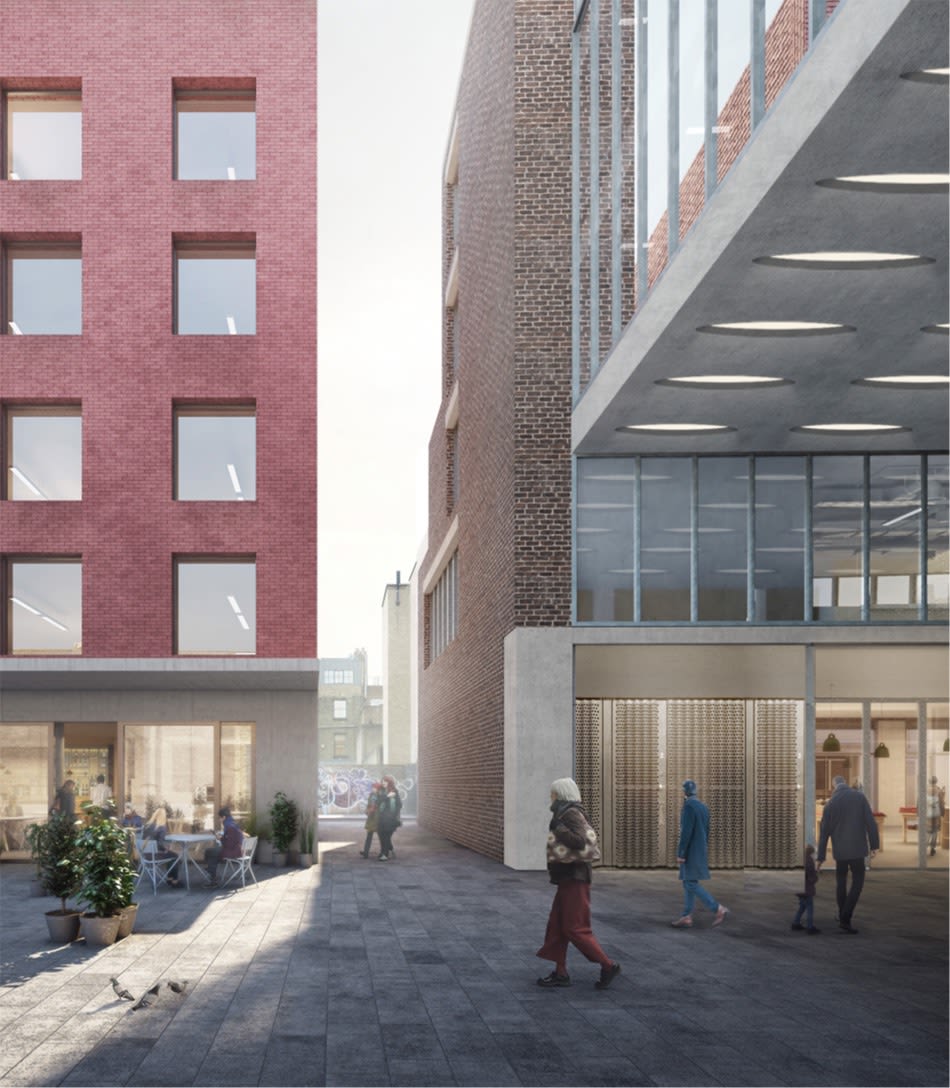
3/4 credit: Kanda Consulting.
3/4 credit: Kanda Consulting.
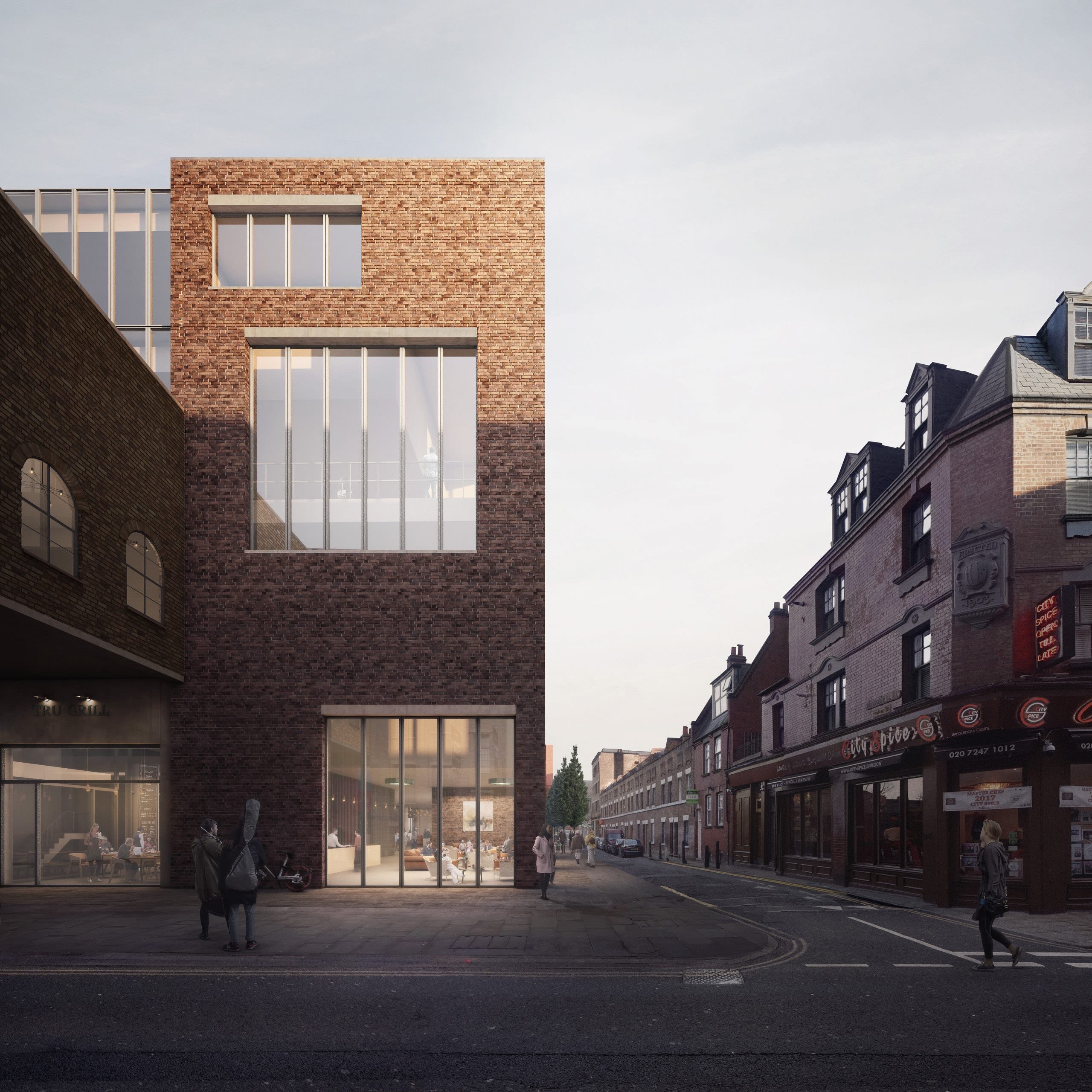
4/4 credit: Kanda Consulting.
4/4 credit: Kanda Consulting.
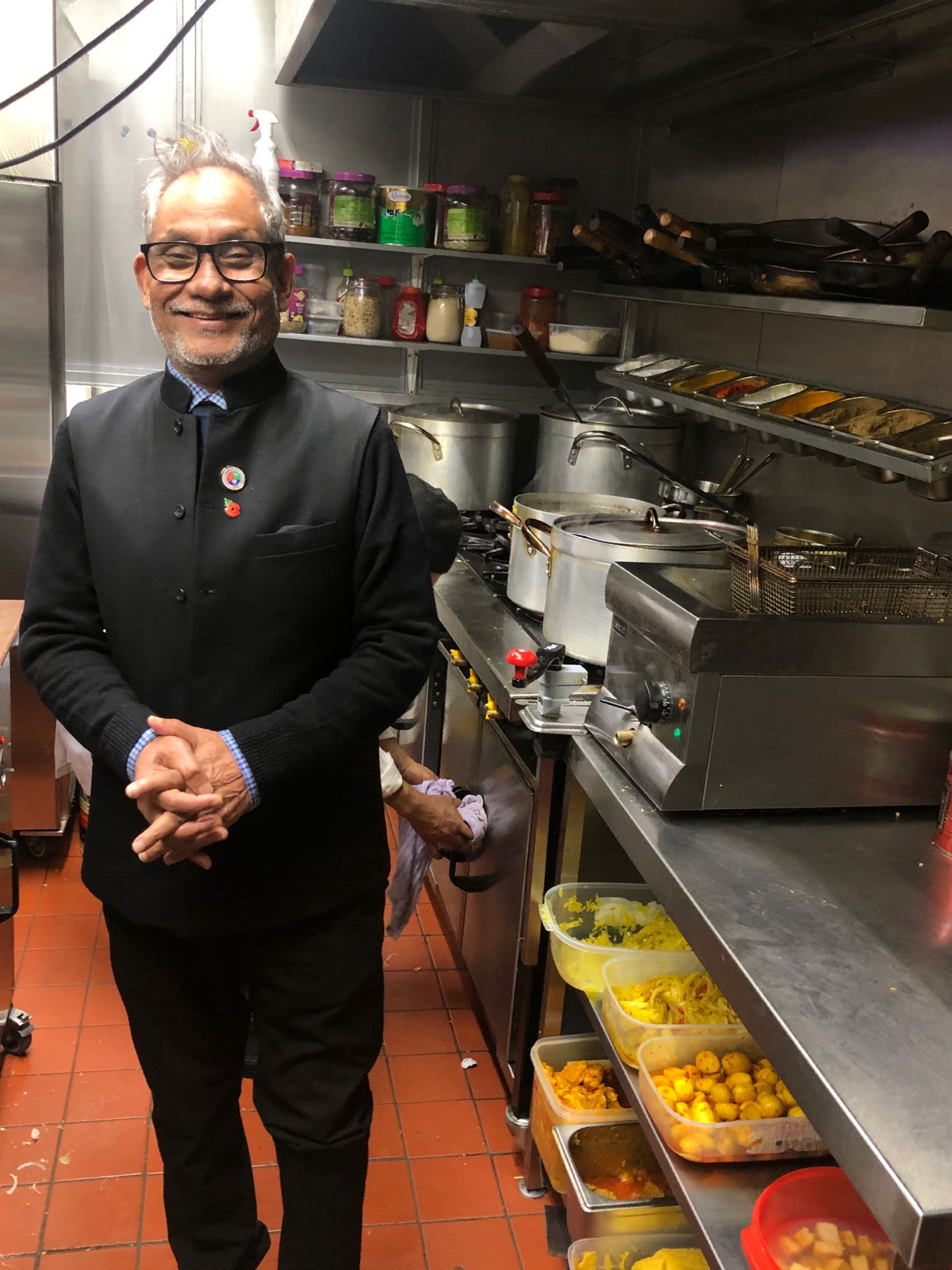
Shamsuddin sasa in the restaurant kitchen, overseeing busy kitchen staff.
Shamsuddin sasa in the restaurant kitchen, overseeing busy kitchen staff.
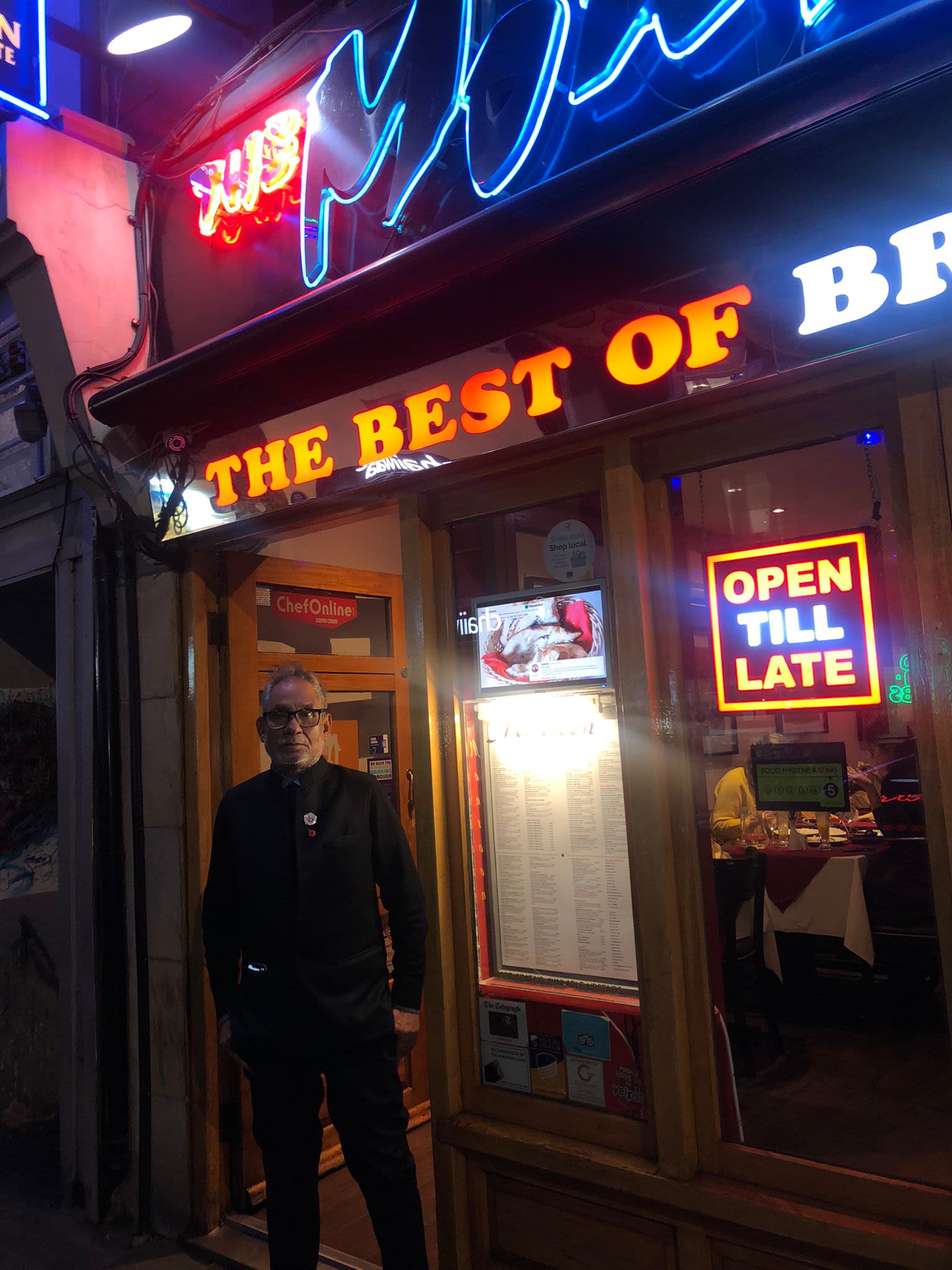
Shamsuddin, pictured outside of The Monsoon, Bangladeshi restaurant on Brick Lane.
Shamsuddin, pictured outside of The Monsoon, Bangladeshi restaurant on Brick Lane.
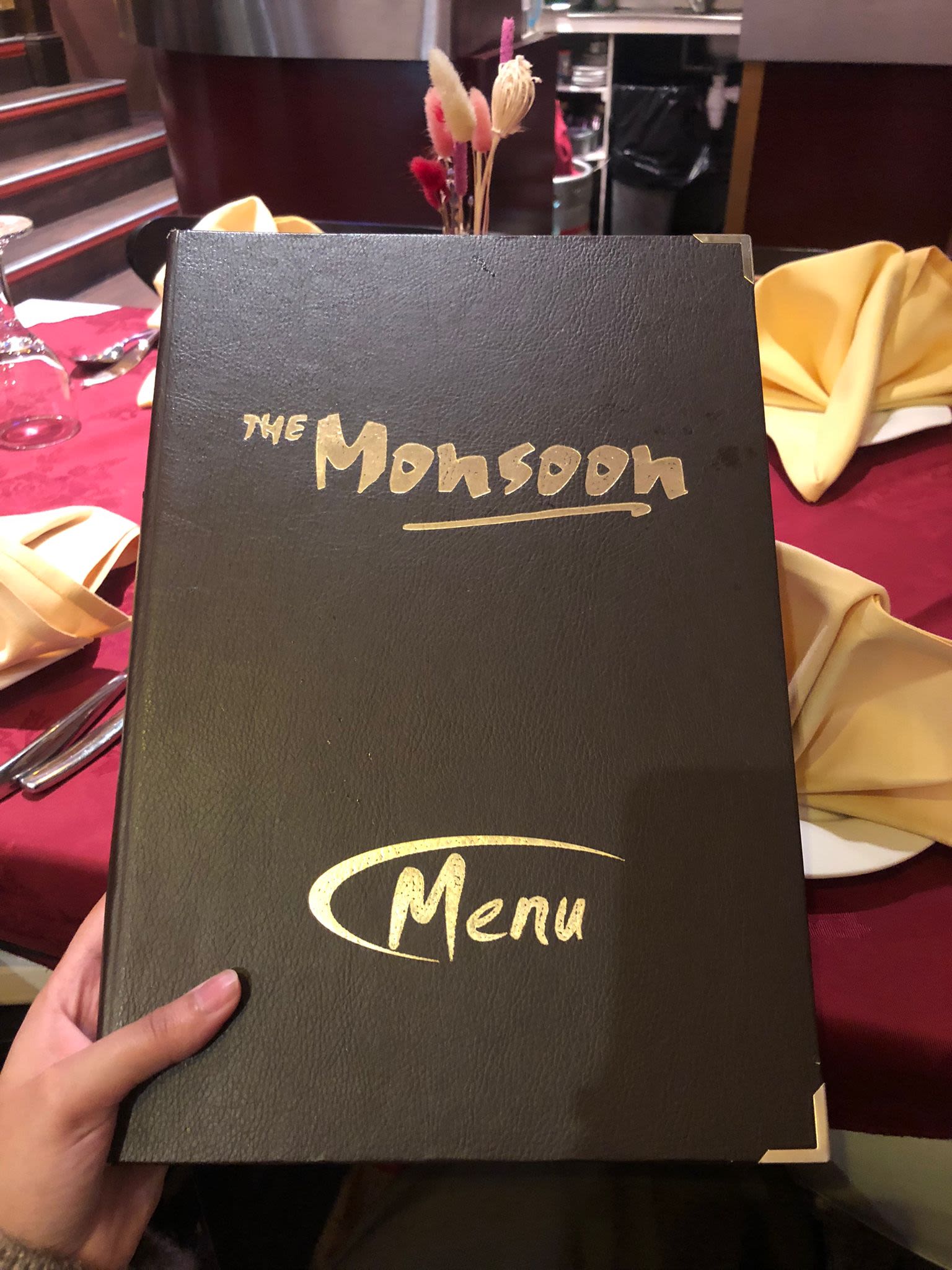
The Monsoon: handed the menu.
The Monsoon: handed the menu.
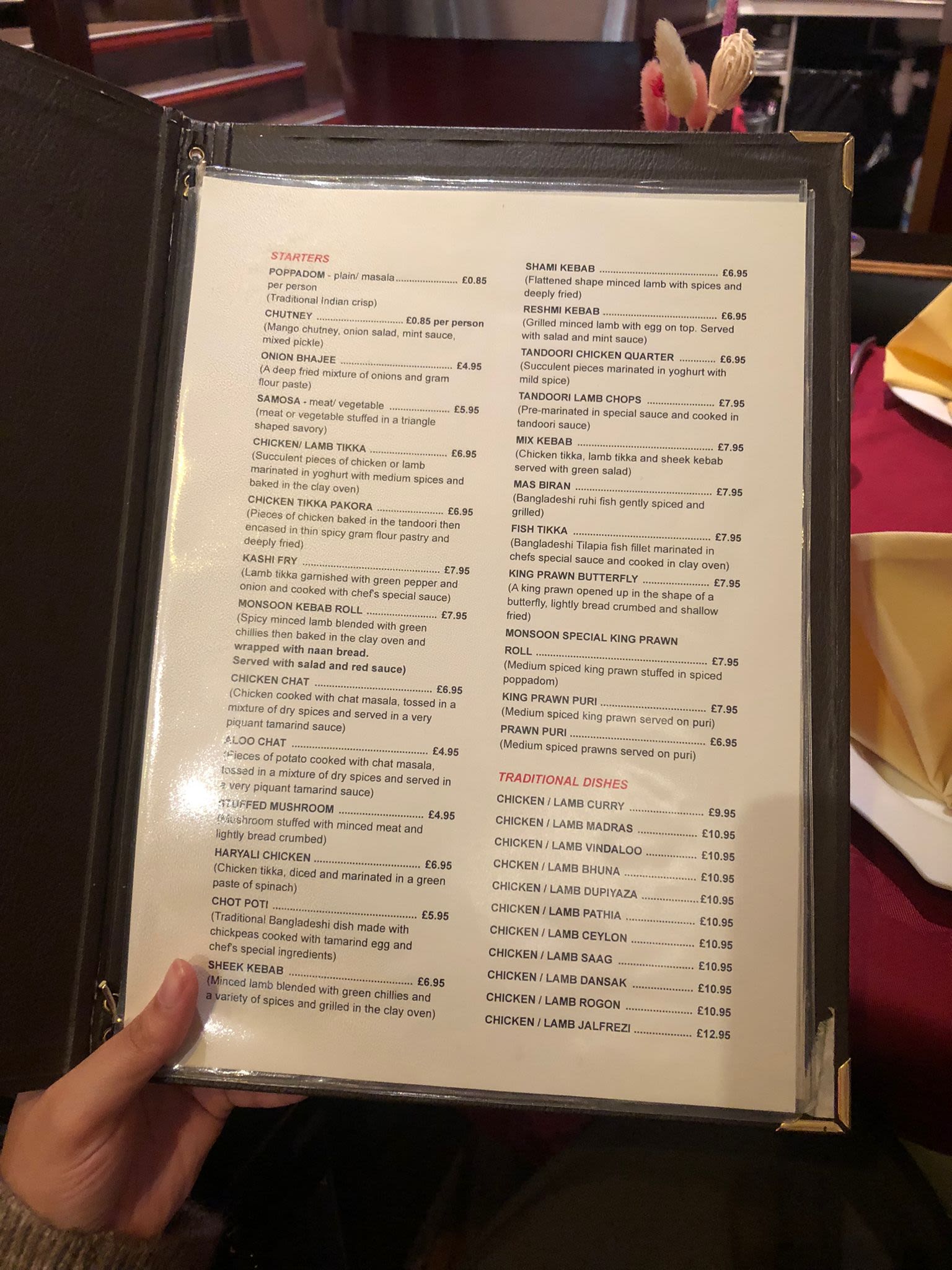
The Monsoon: spoiled for choice while browsing the menu.
The Monsoon: spoiled for choice while browsing the menu.
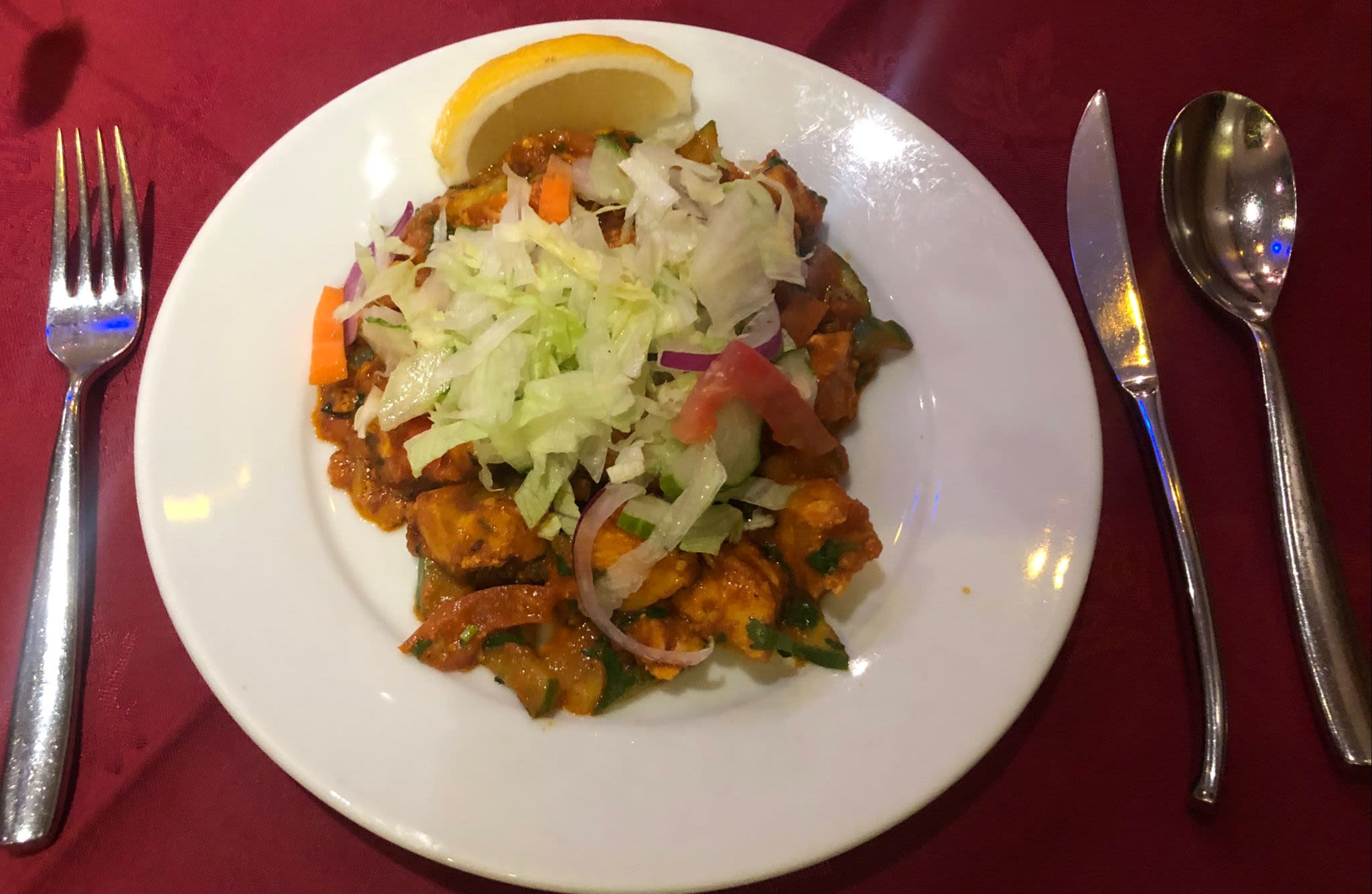
The Monsoon: my delicious chicken chaat arrived swiftly.
The Monsoon: my delicious chicken chaat arrived swiftly.
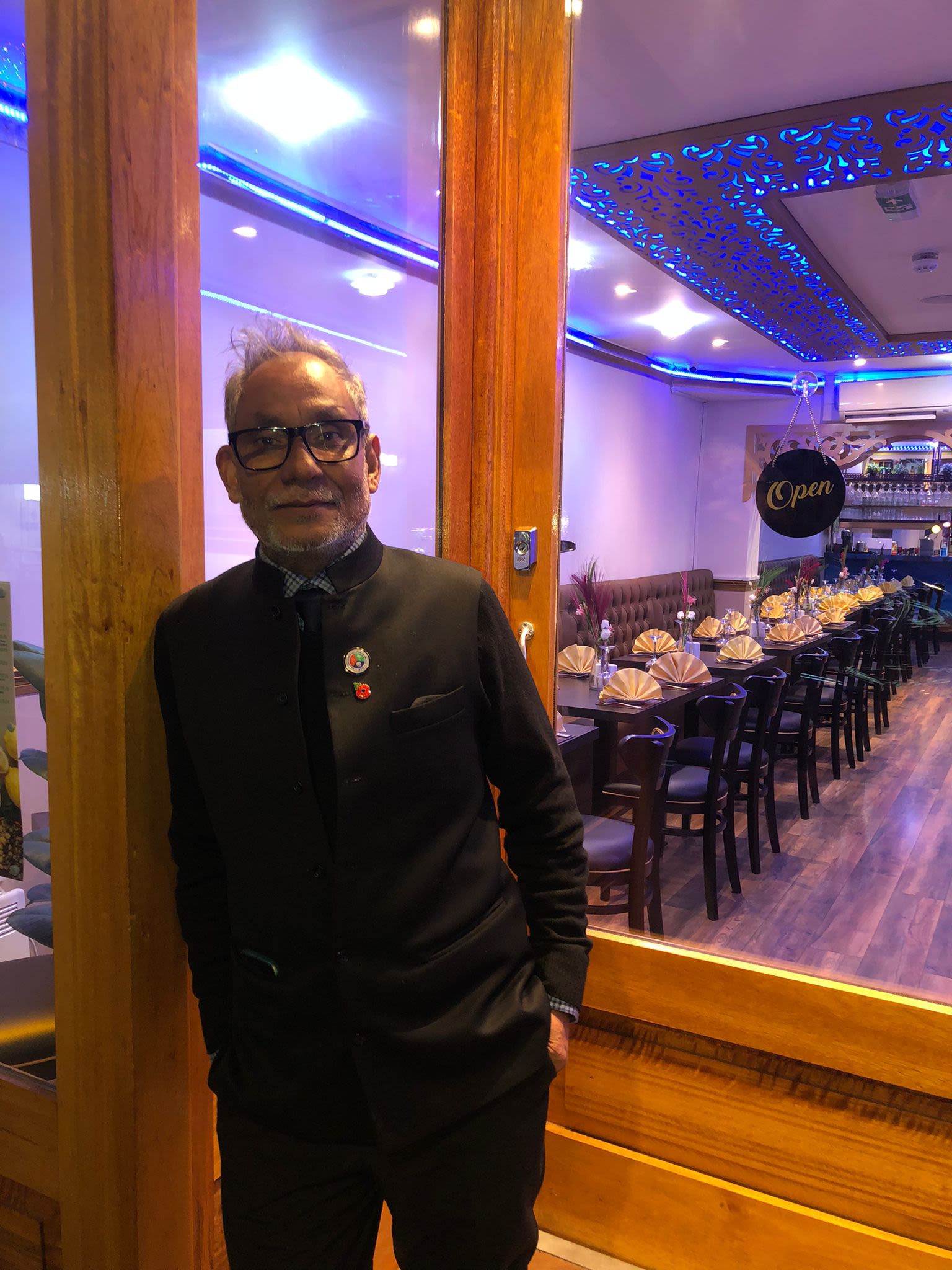
Shamsuddin, pictured outside of his restaurant Taste of Jaipur.
Shamsuddin, pictured outside of his restaurant Taste of Jaipur.
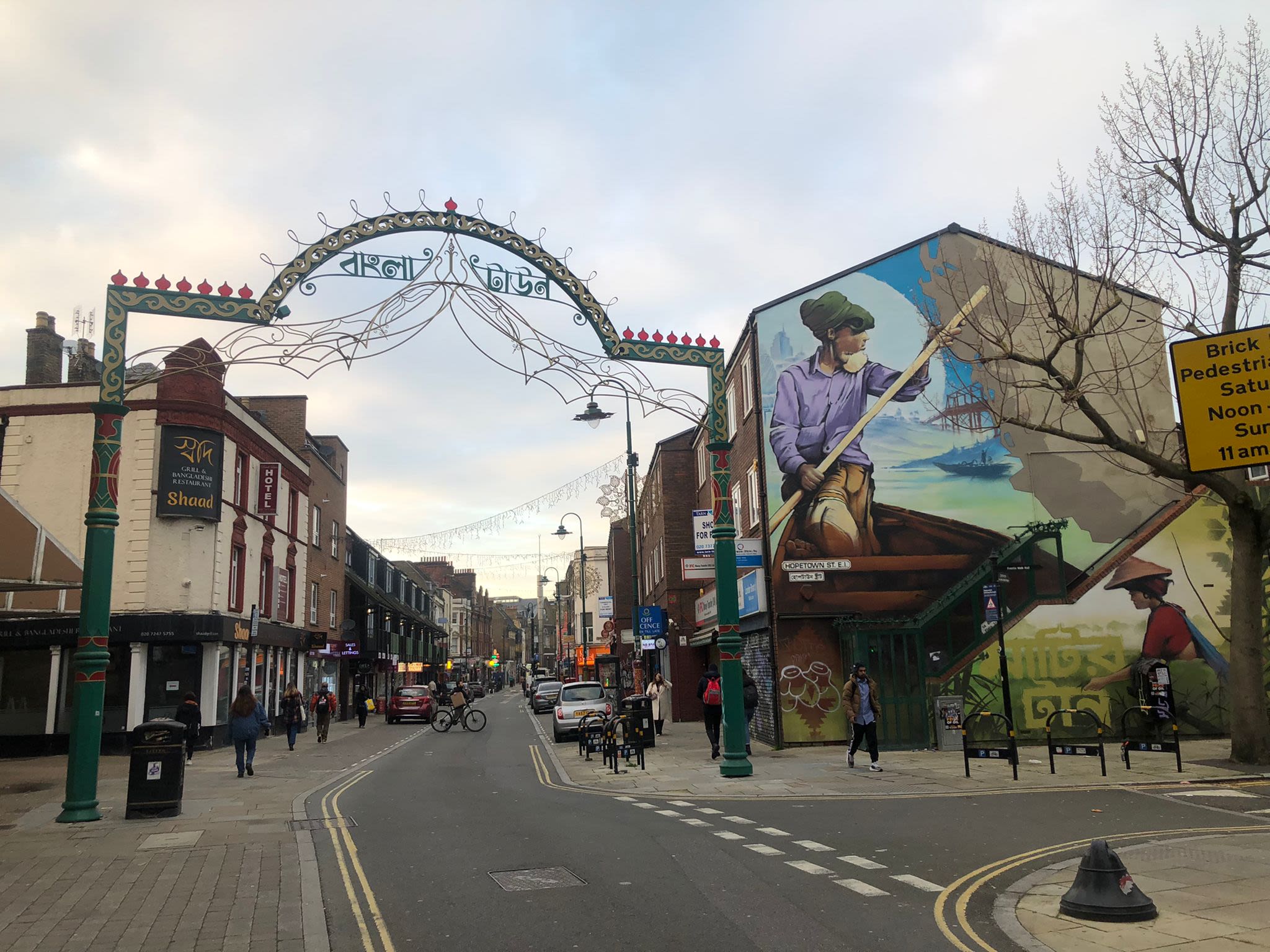
The Banglatown gate located near Osborn Street.
The Banglatown gate located near Osborn Street.
The Monsoon: The Best of Brick Lane
Shamsuddin has lived on Brick Lane since 1976 and owns two restaurants on the street: The Monsoon and Taste of Jaipur.
He prides himself in offering the Bangladeshi cuisine and calling it what it is, as opposed to 'Indian' food like others refer to it.
For him, saving Brick Lane is about preserving the Bangladeshi name, it's authenticity and what Bangladeshis have collectively fought for.
This is reflected in the food that Shamsuddin prepares at his restaurants.
He explains that Bangladeshis use certain spices like 'shathkora' and 'naga' that you will not find anywhere else.
It is these specific qualities of his food that he thinks will bring people back to his restaurant despite fears described by the Save Brick Lane campaign.
He said: "In Sylhet we have some of the finest spices in the curry industry.
"When you eat meat with 'shathkora' and 'naga', it's another flavour and completely different.
"Curry is kind of like nicotine - you eat it once and you will have to come back and eat it again.
"It's different to english food - our flavours cannot compare."
Having lived on Brick Lane for so long, Shamsuddin remembers fighting against racism in the mid-1970s and said he continues to do so.
He fears the loss of Banglatown and it means a lot to him that it is remembered and held in high esteem.
This is because, for him and many like him, Banglatown symbolises how Bangaldeshis in the area fought against racism and discrimination.
For example, the murder of Altab Ali, a Bengali garment worker in East London sparked a protest of 7000 people coming together and marching from Brick Lane to Hyde Park demanding an end to violent racism.
He said that is what he is referring to when he says Save Brick Lane.
He said: "That Banglatown gate is a joke. It's a total joke.
"If they want to save Brick Lane, take this sign and put it in English so that people can understand.
"Most people cant read Bangla - have it read 'Banglatown' in English so people will see it and become curious about Banglatown.
"I might not be here tomorrow, but if it's somewhere people can see, it will last long and be impactful.
"They need to do something real and concrete, not just half a job."
He went on to explain that the council could name parks after people like Ayub Ali who opened up a restaurant in 1920.
He said: "He opened a restaurant on 76 Commercial Street and many would say he is the father of the curry industry.
"If you want to save Banglatown, we should put people like him somewhere, give him a name so people will know and remember him.
"We need visitors to come and see the history, how we live here and have established ourselves here - not just say no to a shopping mall."
Dr Fatima Rajina, academic and co-founder of Nijjormanush spoke about the impact of The Truman Brewery shopping mall on the footfall of local businesses.
According to Shamsuddin, the shopping mall would be a positive.
He said: "In my opinion, this will be good for business.
"If 5000 people visit the shopping mall a day, at least fifty will come and eat in the area I'm sure.
"So if 50 people come a day, how many will that be in a year?
"It's a hundred time better for business.
"People will buy their goods at the mall and then come and eat.
"They won't only eat at their restaurant.
"Everything is online these days - everyone looks on google and checks reviews to see where is good and what people are saying about restaurants.
"If you open up a business, it will bring more customers to the area.
"They might eat at your restaurant today but tomorrow they will eat at mine.
"If it was a nightlife business then maybe I would be concerned... there might be noise etc. but the mall is a a day time business and won't have an impact on me."
The history of Brick Lane
Jamme Mosque located on Fournier Street in Brick Lane is symbolic of the rich history that the area holds.
The building is a Grade II listed building and much like the rest of Brick Lane tells the tale of migrant communities that have utilised the space for different reasons.
Jonathan Moberly, Chair of the East End Preservation Society spoke about why people care about the Save Brick Lane campaign.
This is particularly embodied by the Latin inscription written above a sundial on the building's exterior that reads 'Umbra Sumus'. This translates to 'We Are Shadows' which many say in itself considers all of the people that it has catered to throughout the years.
The building was first used in 1743 as a Protestant Chapel, known as the 'Neuve Eglise' (New Church) for the Huguenot silk weavers who arrived in the late 1600's when fleeing religious persecution in France.
In 1809 it became an Evangelical chapel promoting Christianity amongst the Jews and ten years after that it became a Methodist Chapel.
In the 19th century more recently, it became a Synagogue and remained so until the Jewish population of Spitalfields began migrating to north London after the Second World War.
Dr Fatima Rajina spoke about social housing as a possible solution.
Following Bangladesh's war for independence, Muslim immigrants from Bangladesh and east India then began to move into the area and the building which had closed, re-opened as a mosque at the end of the 1970s and continues to serve a large Bangladeshi community today.
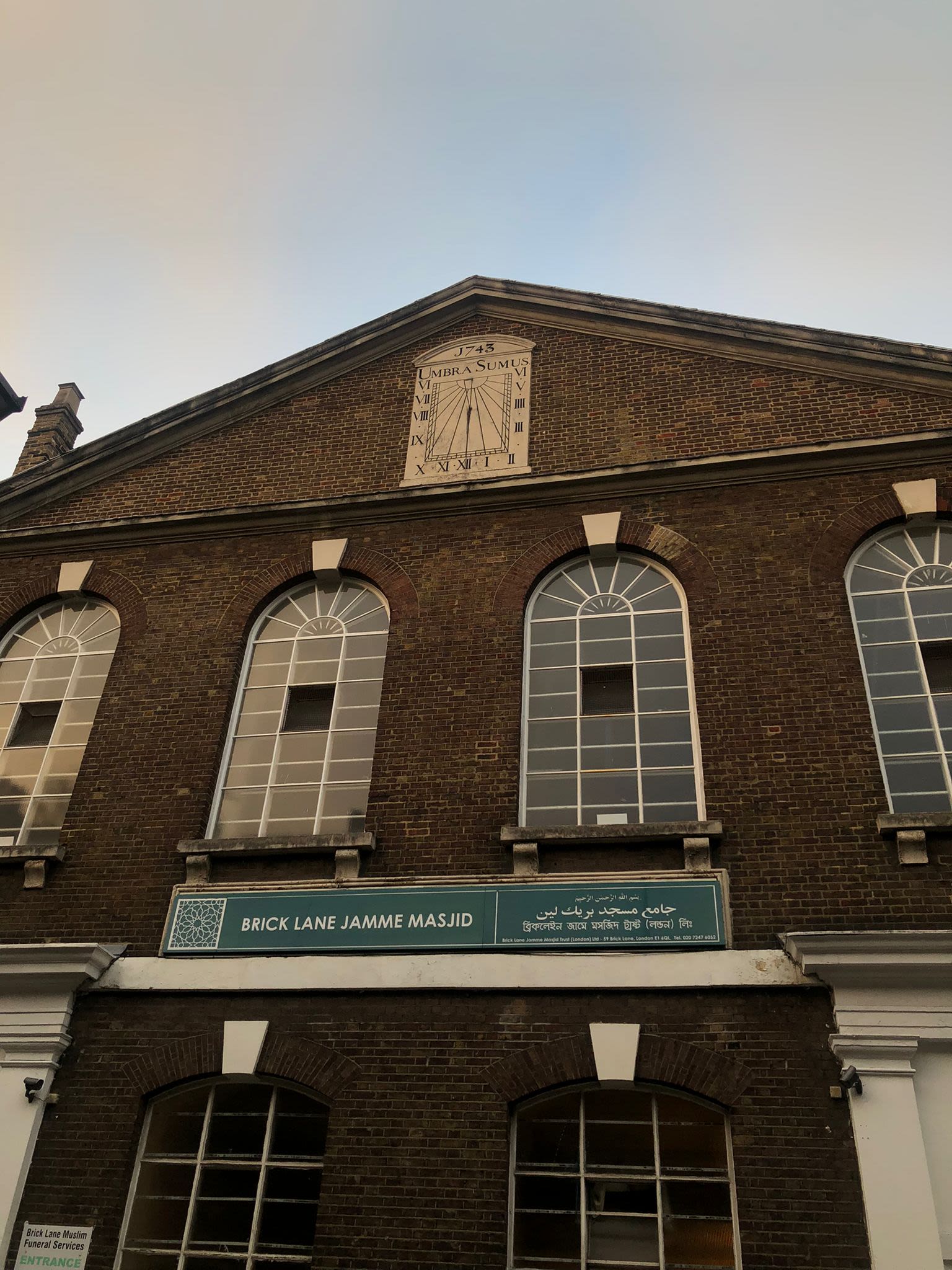
The sundial above the mosque reads 'Umbra Sumus'.
The sundial above the mosque reads 'Umbra Sumus'.
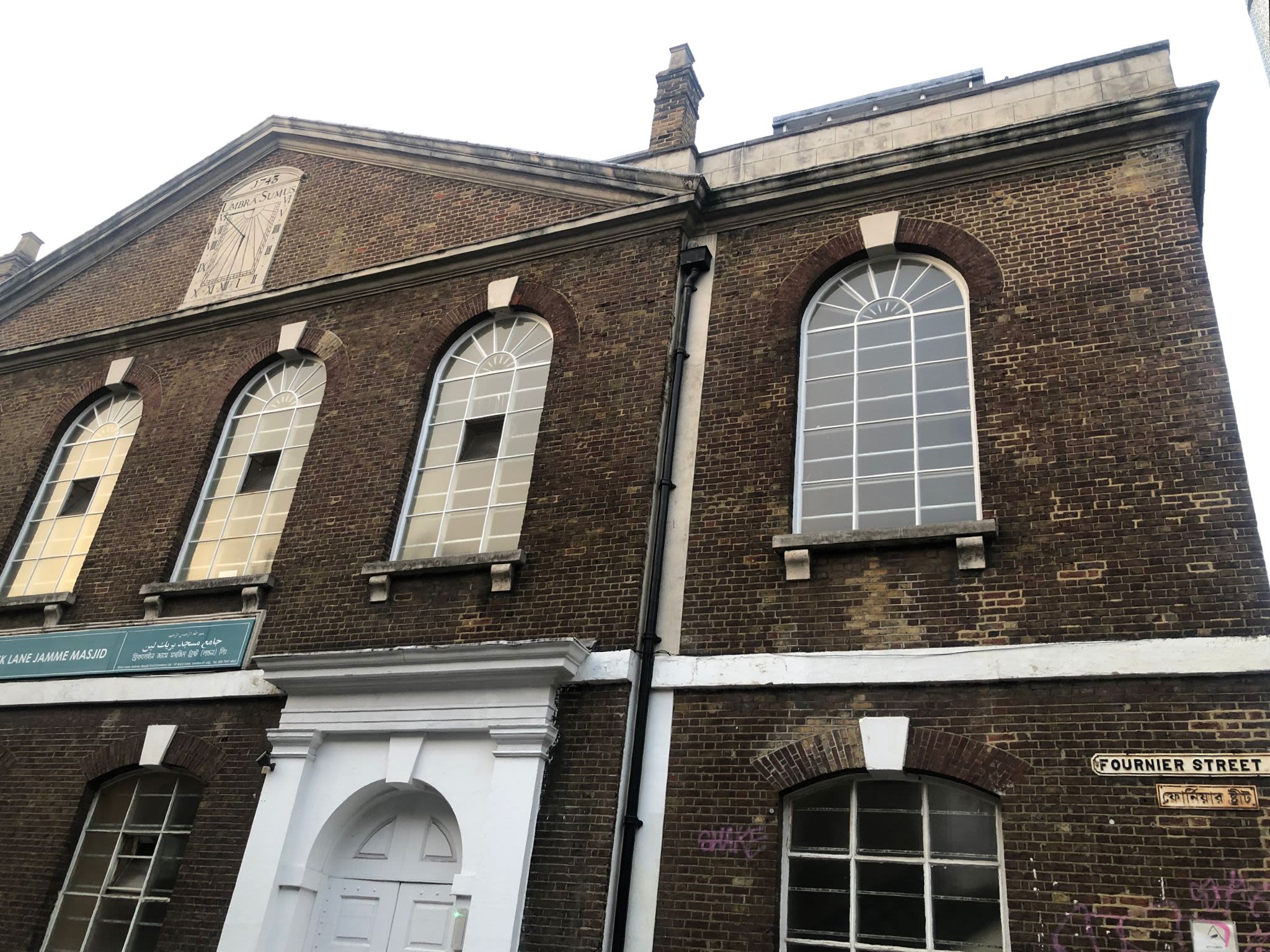
Jamme Masjid on Fournier Street.
Jamme Masjid on Fournier Street.
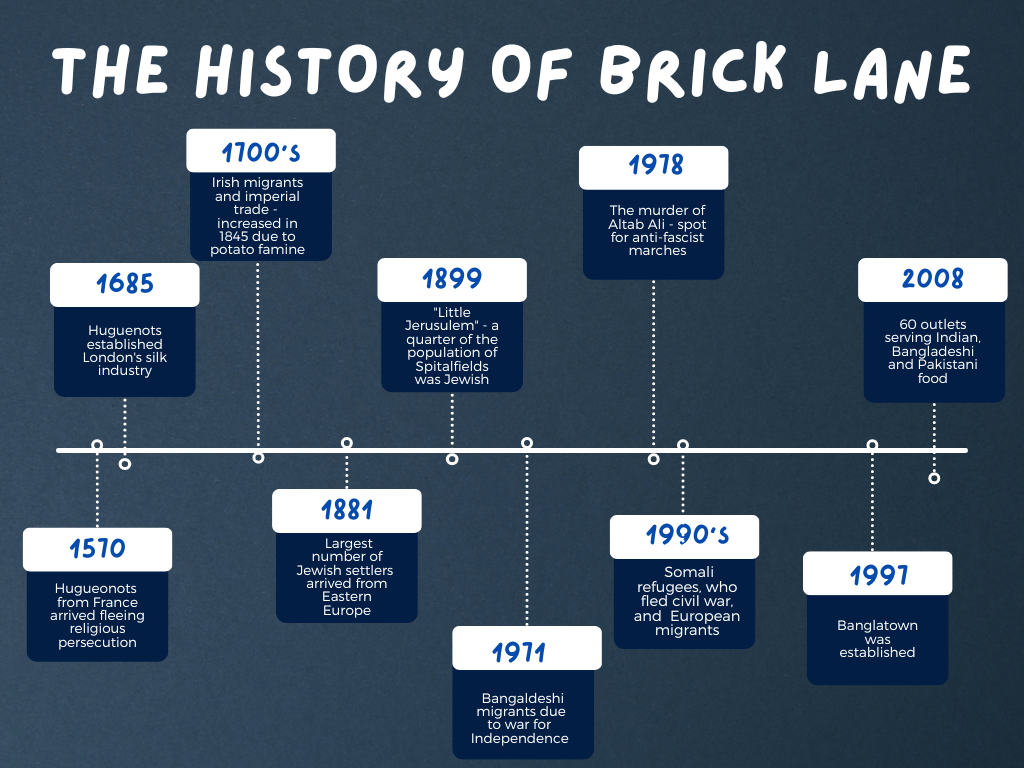
When approached for comment, a spokesman for the Mayor of Tower Hamlets said:
"The Mayor is very concerned about the threat of gentrification on and around Brick Lane, as reflected in the adoption of a motion at the October Full Council meeting which initiated a Masterplan for the area. This motion specifically includes a firm commitment to the maximisation of social and affordable housing, as well as to protecting small businesses in the area."
The Truman Brewery has been contacted for comment.
